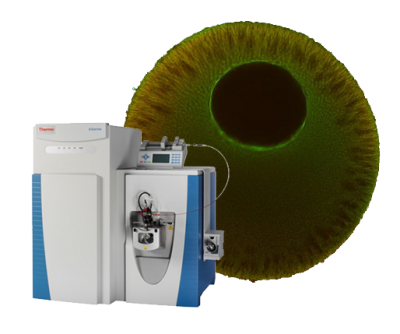Quantitative Proteomics of Xenopus Embryos I, Sample Preparation
Publication Year
2018
Type
Journal Article
Abstract
Xenopus oocytes and embryos are model systems optimally suited for quantitative proteomics. This is due to the availability of large amount of protein material and the ease of physical manipulation. Furthermore, facile in vitro fertilization provides superbly synchronized embryos for cell cycle and developmental stages. Here, we detail protocols developed over the last few years for sample preparation of multiplexed proteomics with TMT-tags followed by quantitative mass spectrometry analysis using the MultiNotch MS3 approach. In this approach, each condition is barcoded with an isobaric tag at the peptide level. After barcoding, samples are combined and the relative abundance of \textasciitilde100,000 peptides is quantified on a mass spectrometer. High reproducibility of the sample preparation process prior to peptides being tagged and combined is of upmost importance for obtaining unbiased data. Otherwise, differences in sample handling can inadvertently appear as biological changes. We detail and exemplify the application of our sample workflow on an embryonic time-series of ten developmental stages of Xenopus laevis embryos ranging from the egg to stage 35 (just before hatching). Our accompanying paper (Chapter 14 ) details a bioinformatics pipeline to analyze the quality of the given sample preparation and strategies to convert spectra of X. laevis peptides into biologically interpretable data.
Journal
Methods in molecular biology
Pages
175–194
ISBN
978-1-4939-8784-9
Documents

